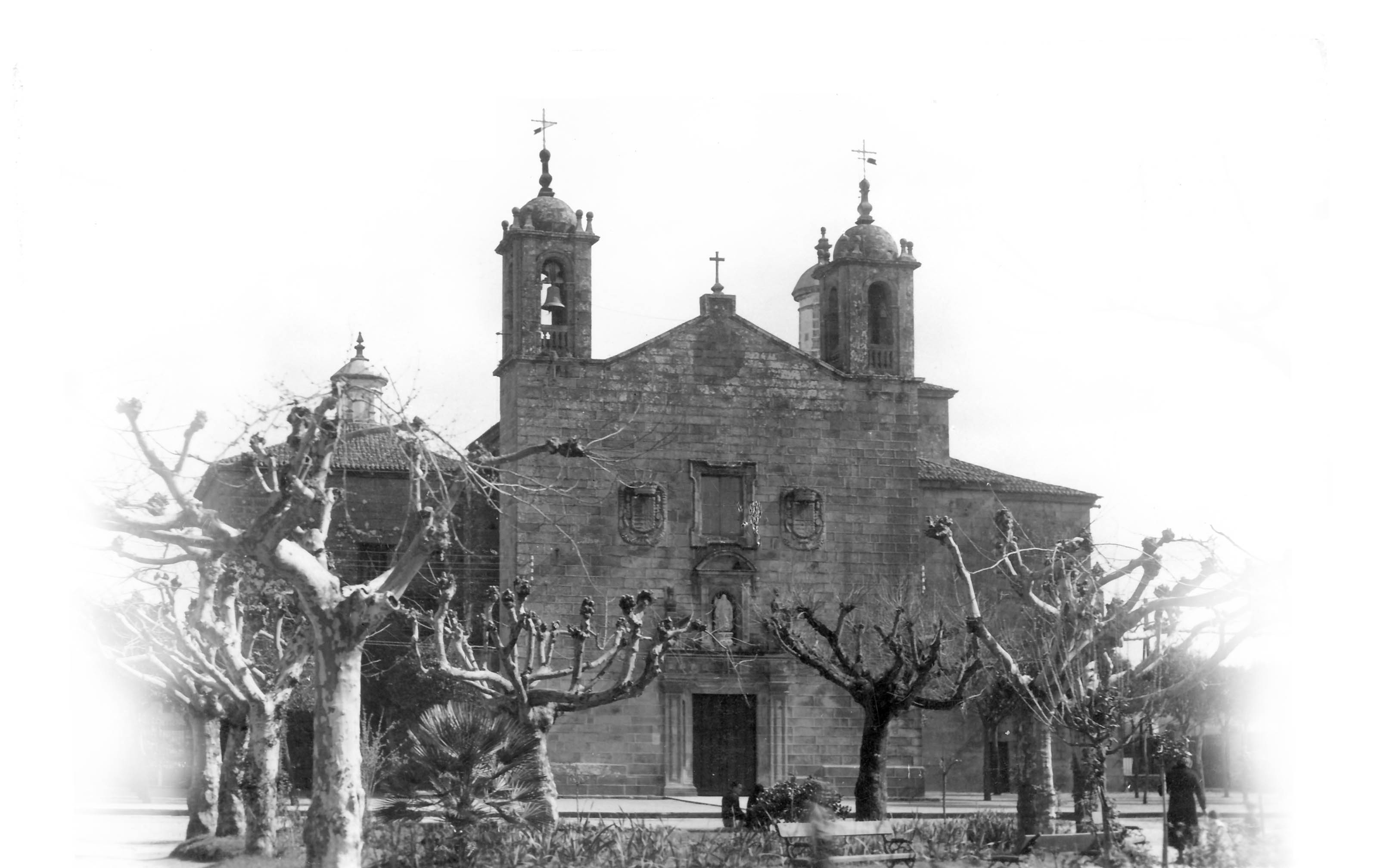
The Arealonga church, of Baroque style, was built in the late 7th century over an ancient chapel or church whose antiquity remains unknown. The parochial church is very old, as it is evidenced in a document dated from 1142 whereby the King Fer-nando VII confirms the ownership of the property, which had been donated by the bishop Sisnando in 910, in favour of San Martín Pinario Monastery in Santiago.
The church, as it is known today, did not take shape until several centuries later. In 1566, Rodrígo de Mendoza, born in Vilagarcía in the pazo of Vistalegre and abbot of Taverga, Asturias, drew up a will whereby he left some money so that the church of Vilagarcía was “rebuilt and enlarged” since the existing one “neither have enough space for the people” nor could be used to celebrate “the holiest services”
However, it was going to pass a century until another illustrious descendant of the Vistalegre lineage, Fernanddo de Andrade y Sotomayor, Archbishop of Santiago, ordered definitively to “enlarge” the parochial church where he had been baptized. The works of the temple are likely to have coincide with the construction of the church and the convent of Vistalegre, which had been ordered in 1642 by the same archbishop. In fact, since then, both constructions became connected through a bridge over the marshlands, a long-lasting image that came to an end when these lands where dried and developed in the late 19th century.
The church of Santa Baia (Eulalia) is an austere church whose small façade has a lintel door flanked by pilasters and a broken pediment arch crowned by another segmental pediment. This section is crowned with another curved pediment that takes a vaulted niche containing an image of the saint. Both sides of the façade display the coats of arms of Vistalegre, similar to those found in the pazo and the convent of the same name. With a Latin cross plan and a four-bay nave, it quite resembles the church of San Martín Pinario. It has two lateral chapels, one consecrated to San Miguel and another one to Our Lady of the Rosario. The first stands out for its sculpture set and the second one for its greatness which reminds the chapel of Cristo de Burgos in the cathedral of Santiago, whose design was used in the Vilagarcian church.
The influence of Compostelan art on the church of Vilagarcía can be easily explained, not only for the historic connection of the city with Compostela but also because it was an archbishop born in Vilagarcía who ordered its construction. The works entailed certain difficulties but some of the best artists of that time work on it, such as the architects Pedro de Monteagudo y Melchor de Velasco or the sculptor Mateo de Prado.

Address: Plaza de España, 6. 36600 – Vilagarcía de Arousa
Web: www.santaeulaliadevillagarcia.es
E-mail: parroquia@santaeulaliadevillagarcia.es
Phone: 986 501 231
Visits: Worship times: Monday – Friday, 8:00, 12:00 and 19:30 h. Saturday, 12:00 and 19:30. Sunday, 09:00, 11:00, 12:00 and 19:30.